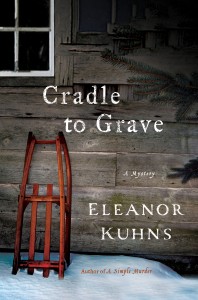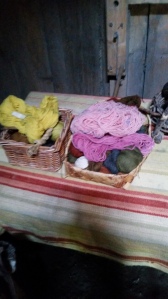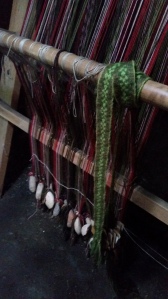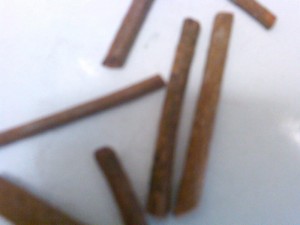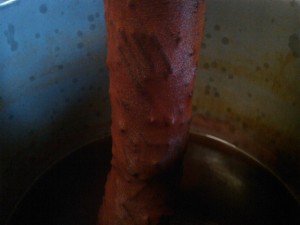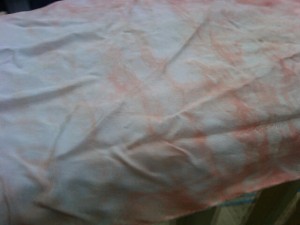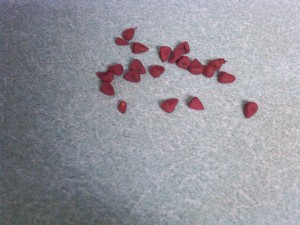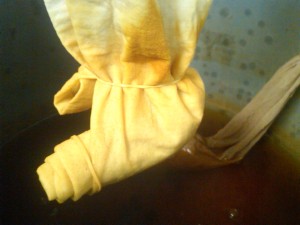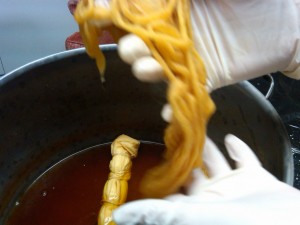Many of the plants we despise as weeds actually have qualities that render them useful as medicines, dye plants or more. Take the humble dandelion, for example. First of all, it is not native to North America but was brought over by the first colonists. The leaves are edible and I’m sure most people have heard of dandelion wine. Using it as a dye produces a reddish color. I’ve also read, although never tried it, that if a woman who believes she might be pregnant urinates on the leaves and they change color, she will know she is expecting.
Medicinally, the dandelion is recommended for diseases of the liver, constipation and uterine obstructions. It should be collected when the plant is young. A freshly dried root can be used as a tonic for stomach troubles.
Broadleaf dock root, a common visitor in my yard, can be used as a purge and a tonic. The Shakers shipped great quantities of this root. In 1889, some forty four thousand pounds was shipped to one firm in Lowell Mass from Enfield, New Hampshire. Since at that time the root was selling for about 50 cents a pound, the community must have made quite a bit.
Skunk cabbage was another plant used successively as a treatment. A stimulant, the root was used for nervous irritability (not sure what this means) and whooping cough, asthma, chronic rheumatism and spasms.
Burdock leaves were used as a cooling poultice.
I’m sure you get the idea. Some of the other weeds they harvested and sold are: Butternut bark (the hulls of the nuts make a yellowish gray dye), elder flowers (tasty as well as medicinal), Yarrow, hoarhown, bugle, crosswort (or boneset) and many more.
They also made combinations as lozenges and syrups. Their cough medicine included wild cherry bark, seneca snakeroot with rhubarb and a tiny amount of morphine. (The Shakers also grew the opium poppy and sold the raw opium at tremendous prices.) Another popular offering was Tamar laxative. Among other ingredients it included Tamarind, prunes, fruit of cassia and sugar. The resulting paste was dried and cut into lozenges.
Interestingly, they also sold concentrated sarsaparilla syrup. Sarsaparilla is also known as wild licorice.
Although the Shakers were a religious community, they were also canny – but honest – businessmen and women. Next up, the marketing and selling of the herbs.


